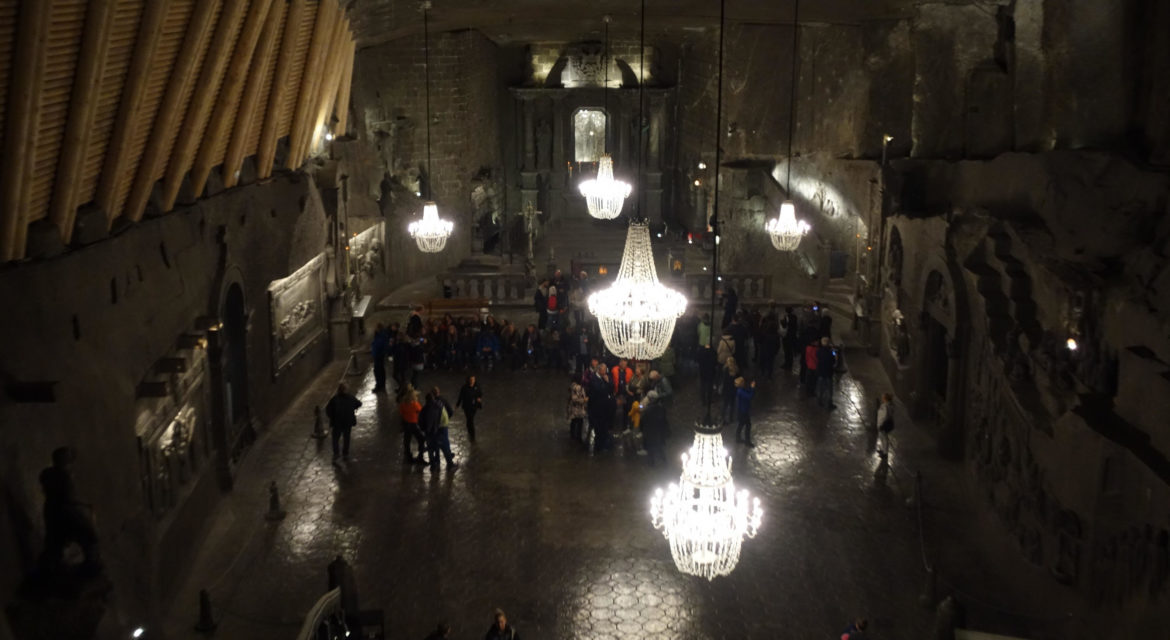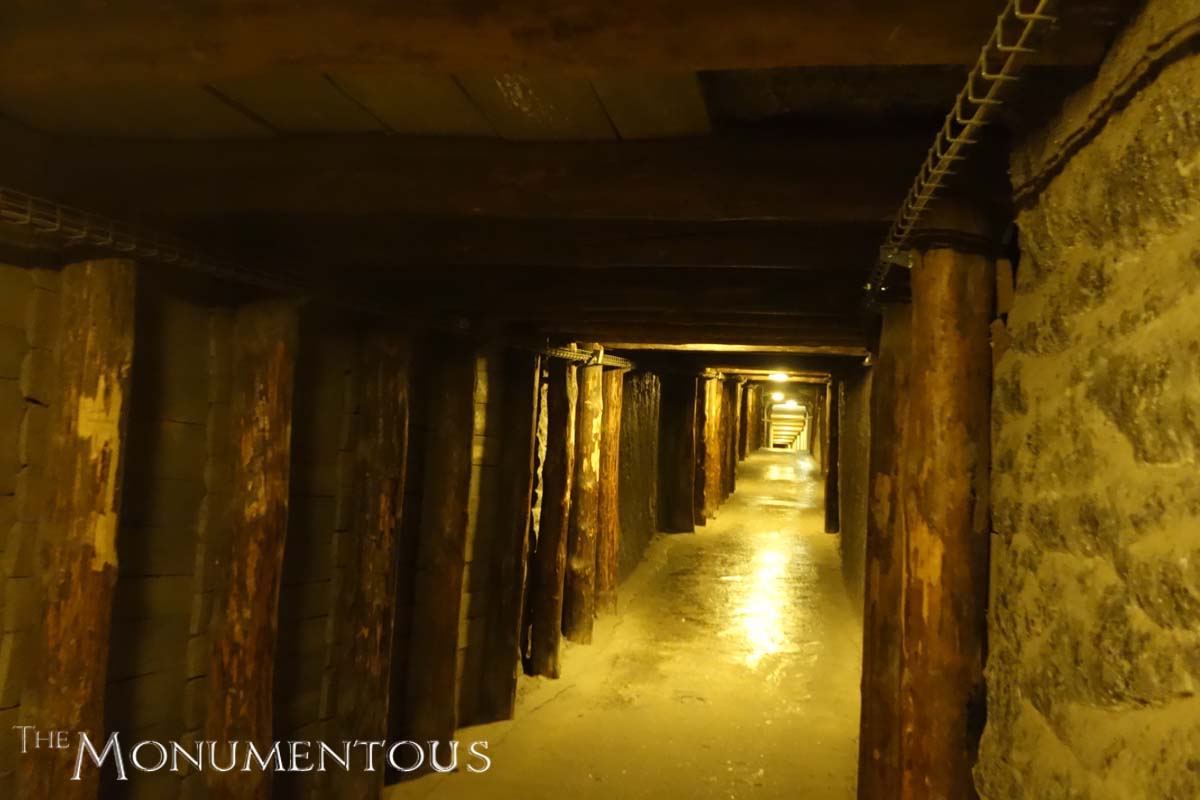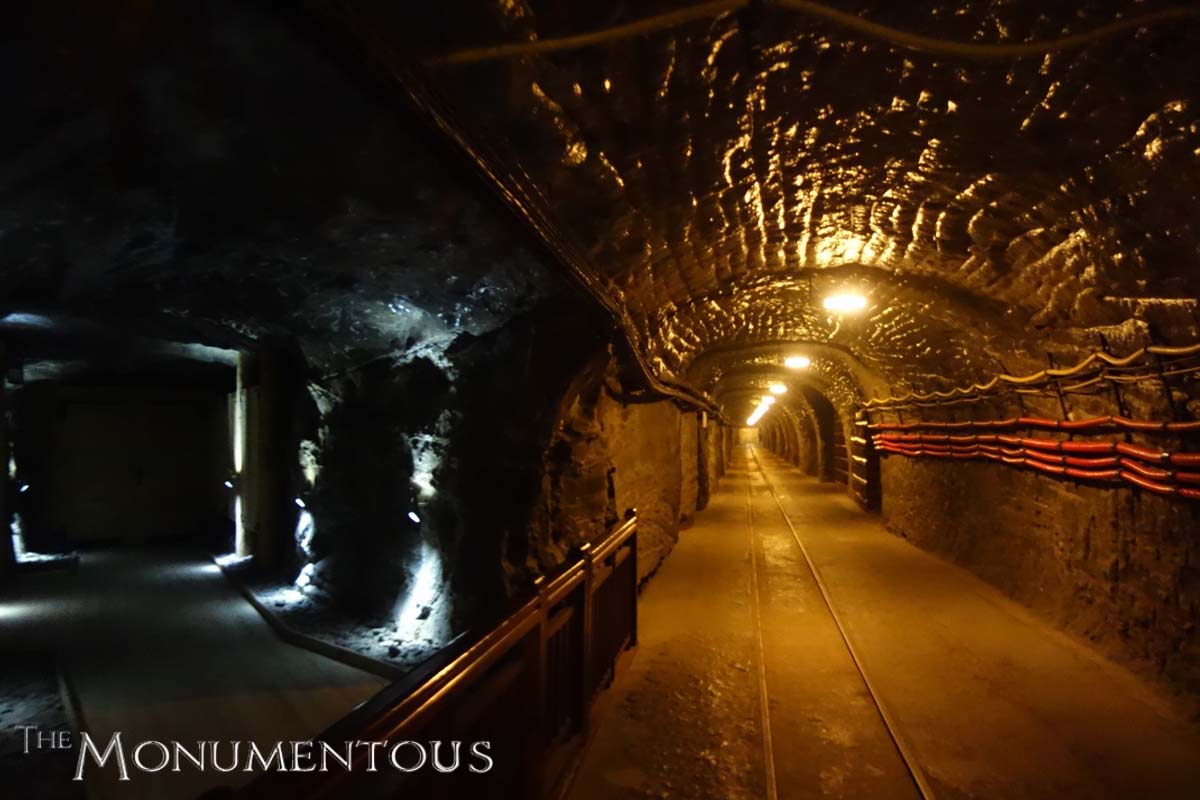
For an illustration of Polish legacy that is just as relevant in the present as it will be in the future, one needs to look no further than the Wieliczka Salt Mine. Referred to by some as the Underground Salt Cathedral of Poland, it has been recognized as a landmark for the entire world. In 1978 it was placed on the original UNESCO list of the World Heritage Sites, and an expansion of that listing in 2013 supports the importance of this location.
The significance of the mine goes beyond such designations though, as it has helped shape the legacy of the region and people who reside in it. The Salt Mine has also created an extensive economic impact for a city and nation which has gotten that much more significant as time has gone on. The mine is a monument to the history of Poland as well as a model of inspiration around how a monumentous legacy can evolve without ever losing significance.
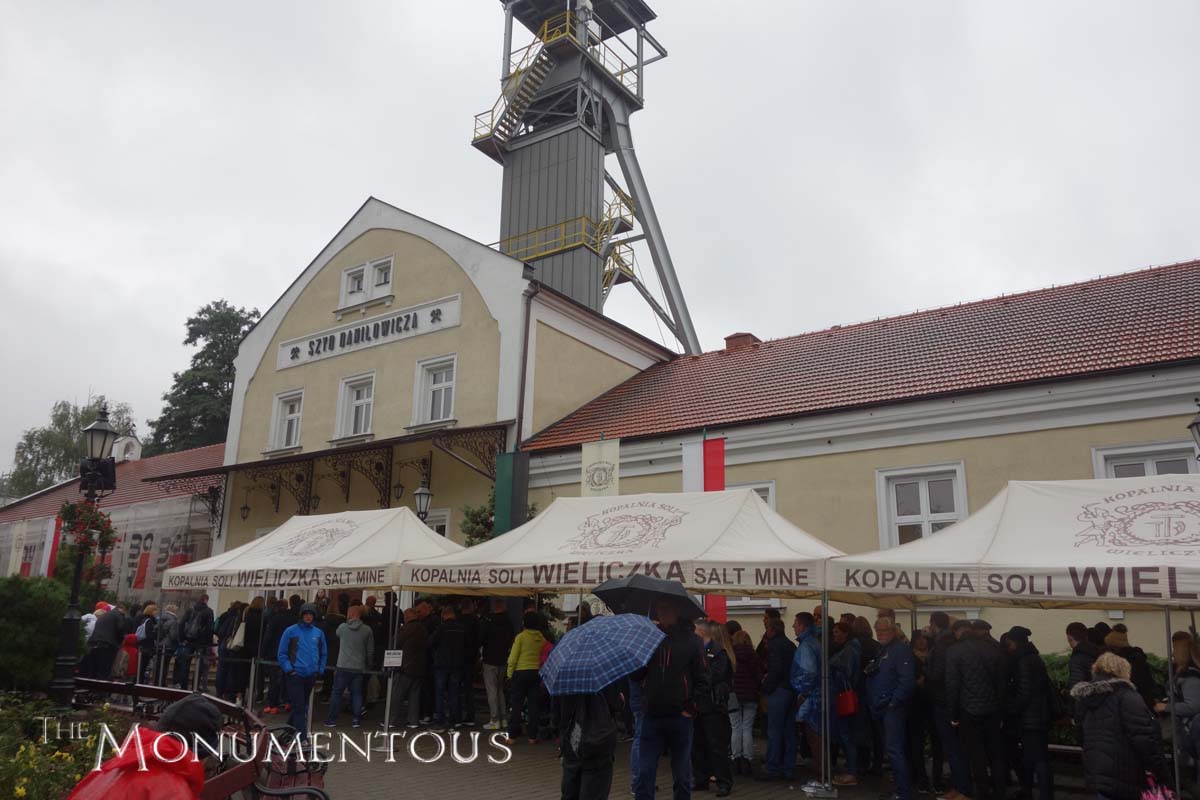
A History That Extends Across the Centuries
Located in the town of Wieliczka in southern Poland and within the Kraków metropolitan area, the Wieliczka Salt Mine has dominated the region for close to 1,000 years. The Salt Mine first opened its’ doors in the 1200s, and it produced salt continuously until 1996 as one of the world’s oldest salt mines. At one time, even entering the mine, much less working in it, required the permission of the king.
The mine extends almost 1,200 feet into the ground and runs for over 178 miles. There are countless tunnels throughout the mine, with many galleries that feature art made by miners and artists throughout the centuries. The best known of these galleries is St. Kinga’s Chapel, which is located deep in the mine and has been known to host everything from concerts to weddings. The Chapel of St. Kinga is located over three hundred feet underground with floor that covers 1,500 square feet.
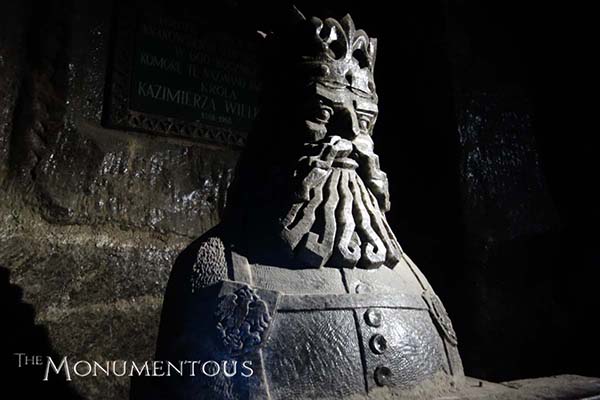
St. Kinga’s Chapel features numerous reliefs and sculptures, but rooms such as the Janowice Chamber and the Spalone Chamber depict the legends associated with the founding of the mine as well as what it was like to work in the mine in the early centuries. The Chamber of Casimir the Great houses an incredibly detailed depiction of the king carved from rock salt. Statues of miners themselves, luminaries like Johann Wolfgang von Goethe as well as religious figures such as the Pope John Paul II are also located throughout the mine, many of which were carved by the same people who worked the mine.
The transformation of the mine into a tourist attraction is one that took place over the centuries. It was a process that was finally completed in 1996 when salt prices and mine flooding meant the mine could no longer support itself via traditional means. This reality made the transformation of the mine into an attraction which boasts a tour, event spaces and health resorts all that much more significant.
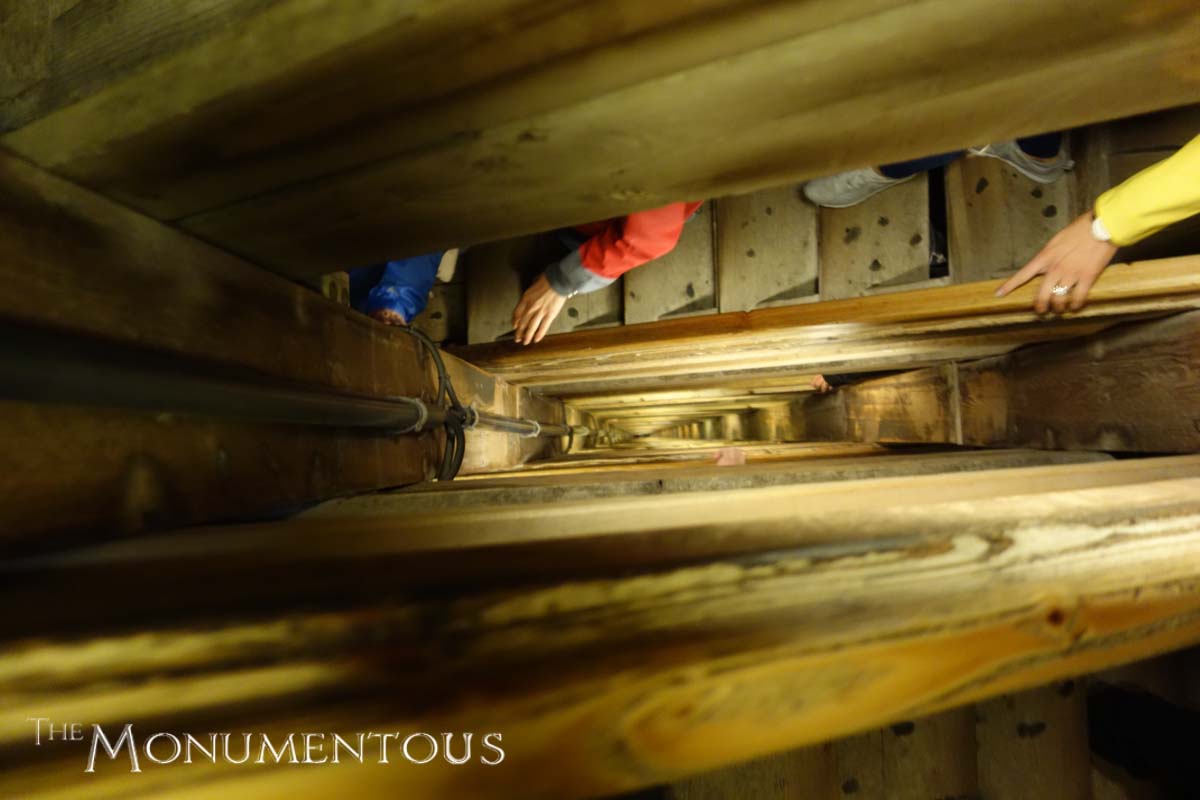
The Journey Into and Across the Wieliczka Salt Mine
The journey into the mine begins with a descent down the Danilowicz Shaft to Level I of the mine. That’s done via a set of almost 400 wooden stairs, after which you’ll find yourself over 200 feet under the ground. It can be a harrowing experience, especially as you begin to understand the distinctions between what the mine looks like now and how it looked in the past, when it was lit by nothing more than candlelight.
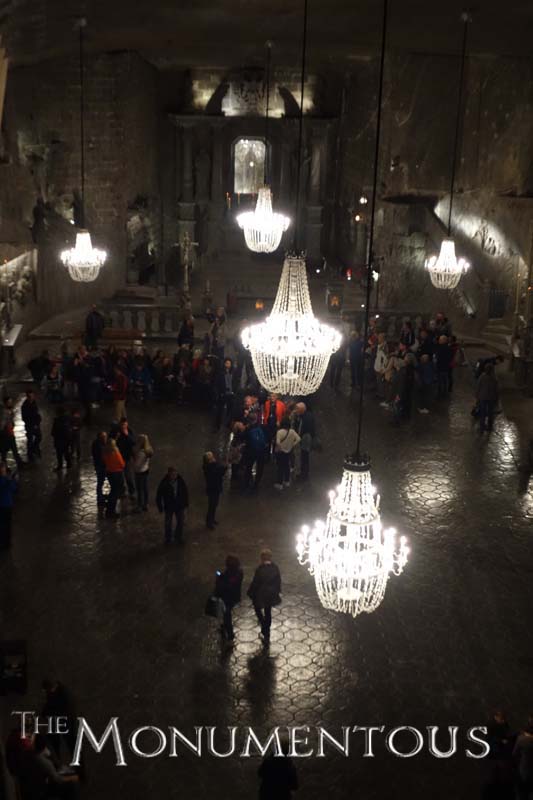
The mine is filled with monstrous and tiny caverns, and the corridors that connect all of them are lined with rock salt that often looks like ice. The mine itself maintains a consistent temperature around 60°F, which undoubtedly compels many visitors to touch, and even taste, the rock salt, which reminds you of the true nature of the element. That experience, along with the multiple bodies of water that are located in the mine, are just a couple of the surprises that are in store for visitors. Walking through corridors and galleries that have been carved out of the rock salt can be enough for some though.
The Tourist Route, the main way visitors will experience the mine, and the visit to St. Kinga’s Chapel is the highlight for many. However, the journey up to and after this gallery is just as noteworthy, as visitors are able to see re-creations of the miners’ experience and even have the opportunity to utilize the tools they used. The past is alive in the mine but doesn’t limit the experience, as there are a couple of galleries that feature modern accommodations.
The Tourist Route isn’t the only option for visitors though. The Miner’s Route represents something far more authentic, which does not even connect with St. Kinga’s Chapel. Other tour options include the Graduation Tower, Pilgrims’ Route and the Mysteries of Wieliczka Mine Tour.
This variety of options is undoubtedly a factor in repeat visits to the mine, and likely represents a powerful draw for some to make the visit in the first place. However, these options are just a part of the incredible economic opportunity that the Wieliczka Salt Mine represents.
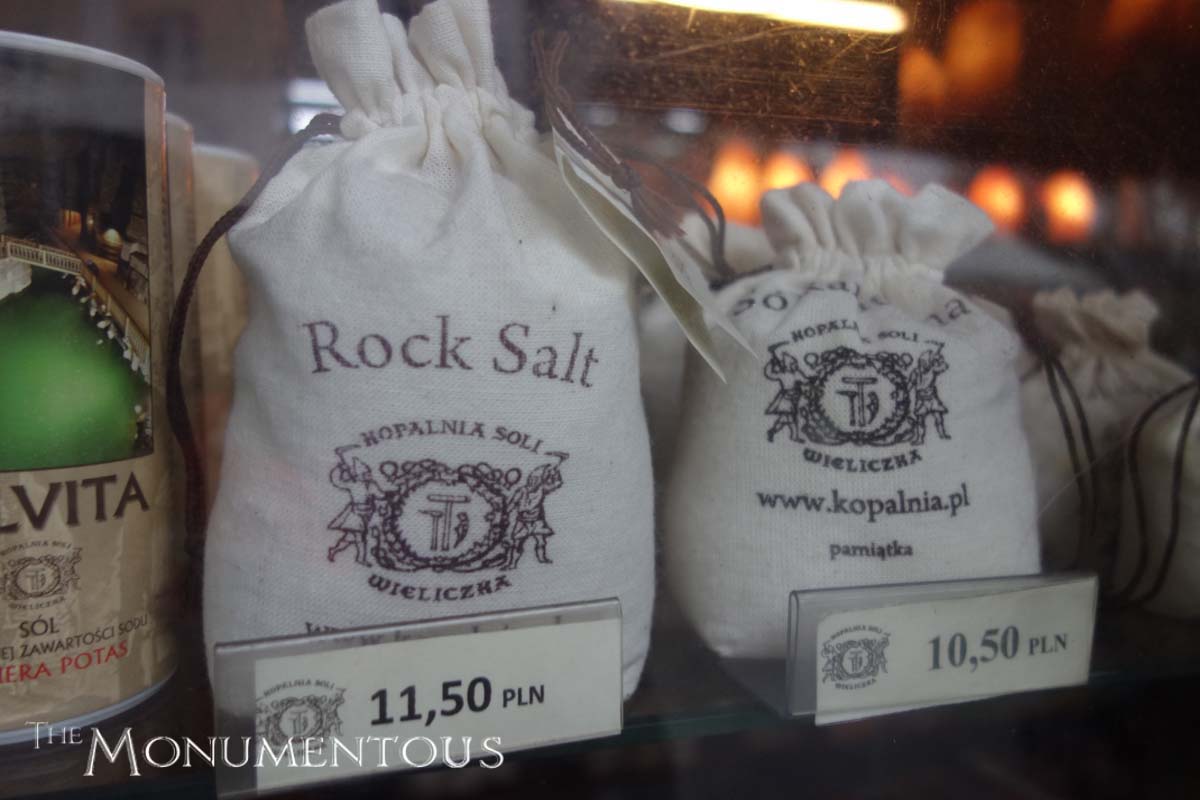
How Does the Wieliczka Salt Mine Generate Revenue?
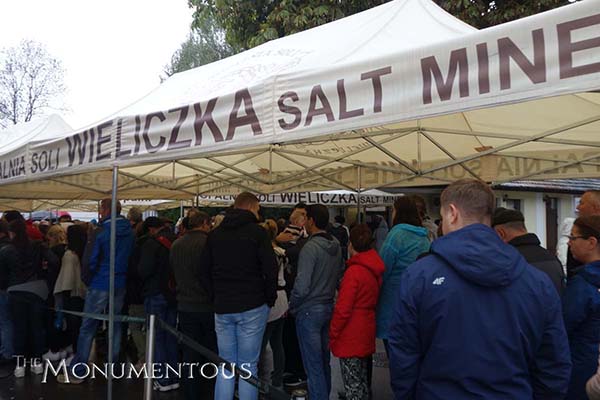 More than one million tourists visit the Salt Mine every year from across the globe. On a busy day, it can feel like all of those tourists have descended on the monument at the same time, which illustrates the kind of interest that has been generated for a place which resides on the outskirts of Kraków.
More than one million tourists visit the Salt Mine every year from across the globe. On a busy day, it can feel like all of those tourists have descended on the monument at the same time, which illustrates the kind of interest that has been generated for a place which resides on the outskirts of Kraków.
Different tours are priced out differently, and there are even different prices associated with the time of year, as well as whether or not a visitor is from Poland or another country. These options have created a diverse and powerful source of revenue for the monument, but the tour is far from the only economic opportunity the mine has been able to create and leverage.
Closely associated with the revenue from ticket sales is the revenue from the sale of a variety of salt-related items that are available at the entrance to the mine as well as in two large galleries that serve as resting points on the Tourist Route. Visitors can purchase anything from small salt samples to jewelry at these stops. The variety of items that can be purchased at all of these locations is rather impressive.
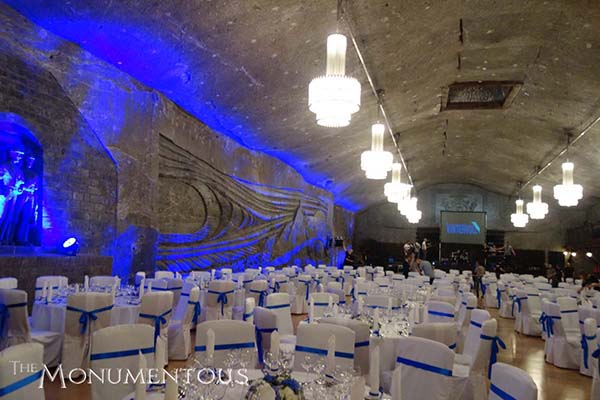 Underground concerts and theater shows are performed in the mine throughout the year, and they represent an incredibly exclusive and lucrative opportunity for performers and attendees. Events such as training sessions, press conferences, receptions and weddings can take place in the mine as well, and most can accommodate up to 600 guests. Organizers have a variety of options around which room to utilize for their event, and the Warszawa Chamber, Gwarkow Chamber and even the Chapel of St. Kinga are just a few of the available choices.
Underground concerts and theater shows are performed in the mine throughout the year, and they represent an incredibly exclusive and lucrative opportunity for performers and attendees. Events such as training sessions, press conferences, receptions and weddings can take place in the mine as well, and most can accommodate up to 600 guests. Organizers have a variety of options around which room to utilize for their event, and the Warszawa Chamber, Gwarkow Chamber and even the Chapel of St. Kinga are just a few of the available choices.
Nearby accommodations represent another source of revenue for the mine, and those alternatives are broken out into surface and underground options. Additionally, the Health Resort offers treatments for a variety of lengths, which can last from one-day to long term. Diagnostic, medical consultation and treatment options are available as part of this offering.
The variety of economic opportunities the mine has created provides an incredible showcase of what it can mean to offer such variety to Polish and foreign. However, the impact the mine has and continues to have on the legacy of the people and region is even more significant than these economic ramifications.
A Critical Part of Polish Legacy
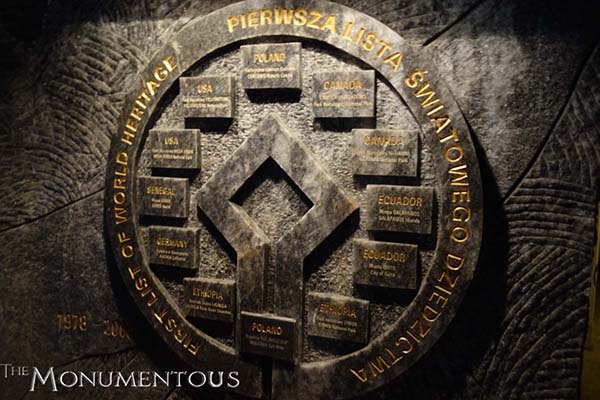 As the first of Poland’s numerous properties listed on the UNESCO list of the World Heritage Sites, the Wieliczka Salt Mine has long been recognized as an important part of Polish legacy. It is also one of Poland’s official national Historic Monuments, but these designations are merely representations of the significance the monument has created for the region and nation.
As the first of Poland’s numerous properties listed on the UNESCO list of the World Heritage Sites, the Wieliczka Salt Mine has long been recognized as an important part of Polish legacy. It is also one of Poland’s official national Historic Monuments, but these designations are merely representations of the significance the monument has created for the region and nation.
The discovery of rock salt in the 13th century in Wieliczka was an incredibly important development for what at the time was the Kingdom of Poland. Internal and external pressures threatened the stability and unity of the area, and the salt from the mine helped stabilize the economy for the region. Salt has played an influential role in determining where cities throughout the world have been established, and even how nations are created and maintained. Salt mines in Poland helped to create a vast kingdom that reached its’ prominence in the 16th century.
Even as the economic viability of pure salt has waned in recent centuries, the legacy of the salt produced in the mine has impacted the culture across the entirety of its’ existence, directly and indirectly. The variety of ancillary businesses that have been created as a result of the mine are almost too many to count, with numerous businesses offering a trip to the mine which includes the price of transport and Tourist Route ticket. Additionally, the importance it created for the city and region have allowed the area to transition that importance elsewhere. Wawel Castle, Krakow’s Old Town and even Kraków Fast Tram might look very different without the influence of the mine.
People from across the world visit the city and country specifically to tour the mine. In 2014, the mine recorded 641,858 Polish tourists with 648,430 foreign visitors. The top five foreign visitors have come from the U.K., Germany, Italy, France and Spain, all of which have recognized how the mine has come to represent Poland itself.
As a personification of this cultural impact, the Wieliczka Salt Mine Brass Band has participated in all major state, church, and miners’ celebrations and has a very rich history. The band has recorded a few albums, successfully participated in many international and national brass band festivals. The band does about 100 performances in total for a variety of obsessions and events.
These are just some of the cultural ramifications that have impacted and enabled the legacy of the mine, which is a process that continues to evolve.
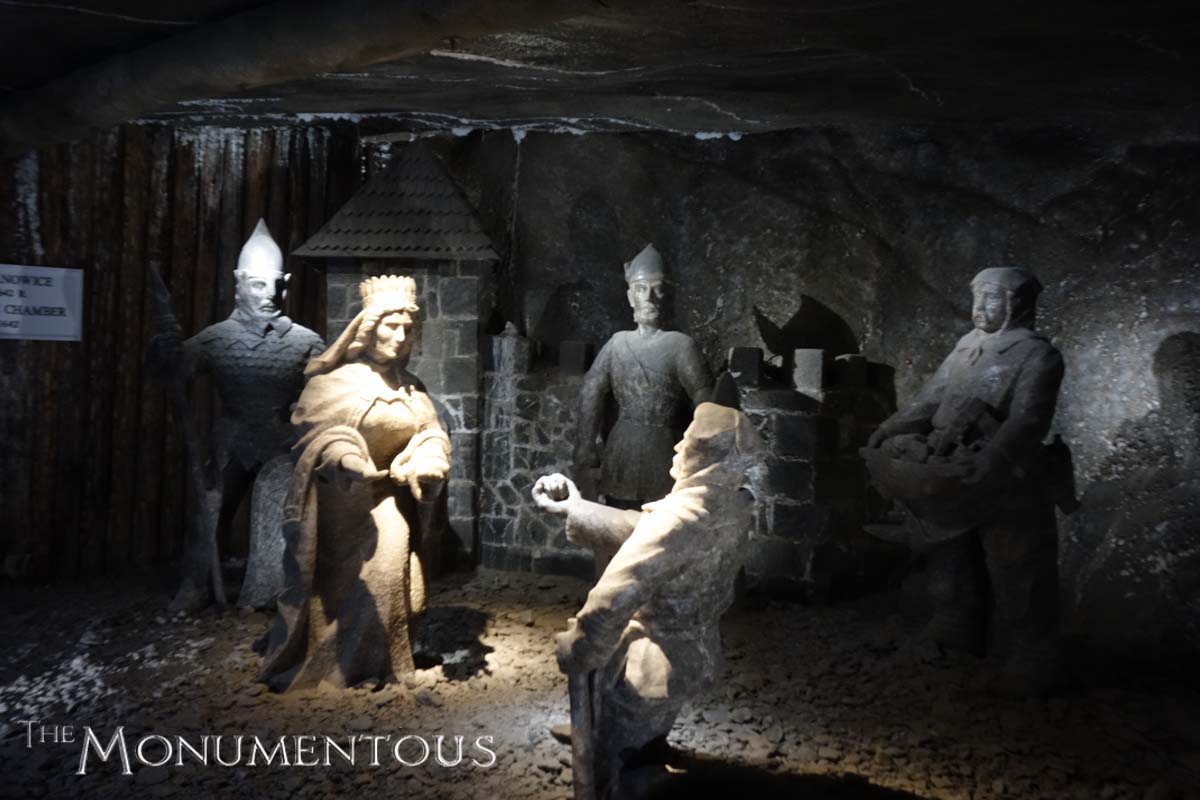
Driving the Continual Evolution of a Region and People
The Wieliczka Salt Mine literally and figuratively represents various stages of mining techniques that were developed throughout Europe for the past 1,000 years. The rooms, artwork and tools provide viewers with a very real sense of how people who worked in these mines lived, and what they valued. Doing so has established a Polish legacy that extends across the centuries.
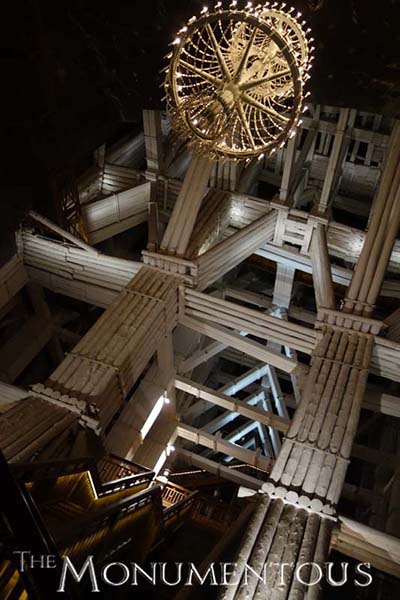 Many of these sculptures depict religious scenes or people, but there are numerous others that portray a famous scientist such as Nicolaus Copernicus or even the miners themselves. What’s even more important about them is the fact that the artists who made them were for the most part not artists. They were miners and craftsmen who took it upon themselves to create these icons for worship or simply for the sake of doing so, which is often the genesis of monumentous projects that define a community or area. These efforts are illustrative of a spirit that continues to reside in and guide the people and the region.
Many of these sculptures depict religious scenes or people, but there are numerous others that portray a famous scientist such as Nicolaus Copernicus or even the miners themselves. What’s even more important about them is the fact that the artists who made them were for the most part not artists. They were miners and craftsmen who took it upon themselves to create these icons for worship or simply for the sake of doing so, which is often the genesis of monumentous projects that define a community or area. These efforts are illustrative of a spirit that continues to reside in and guide the people and the region.
The galleries and tunnels of the mine itself are also testament to Polish drive and resiliency, and the recognition of an opportunity that some might not have been able to pursue so thoroughly. The logistics associated with mining so far down and across the Earth are daunting, and the dangers associated with mining salt in this way were considerable. Doing so was a lucrative endeavor, but a tour of the mine makes it evident that economics weren’t the only consideration for the people who created these spaces using little more than hand tools and candles.
The legacy those miners established and cultivated continues today in a far different way, and one can only wonder what their reaction might be to seeing a concert take place in the Michalowice Chamber. Nonetheless, the evolution of the Wieliczka Salt Mine has meant that it can serve the legacy those miners established by creating economic opportunities for Polish people across the region while also personifying something that people from all over the world can admire and experience in a variety of ways.
